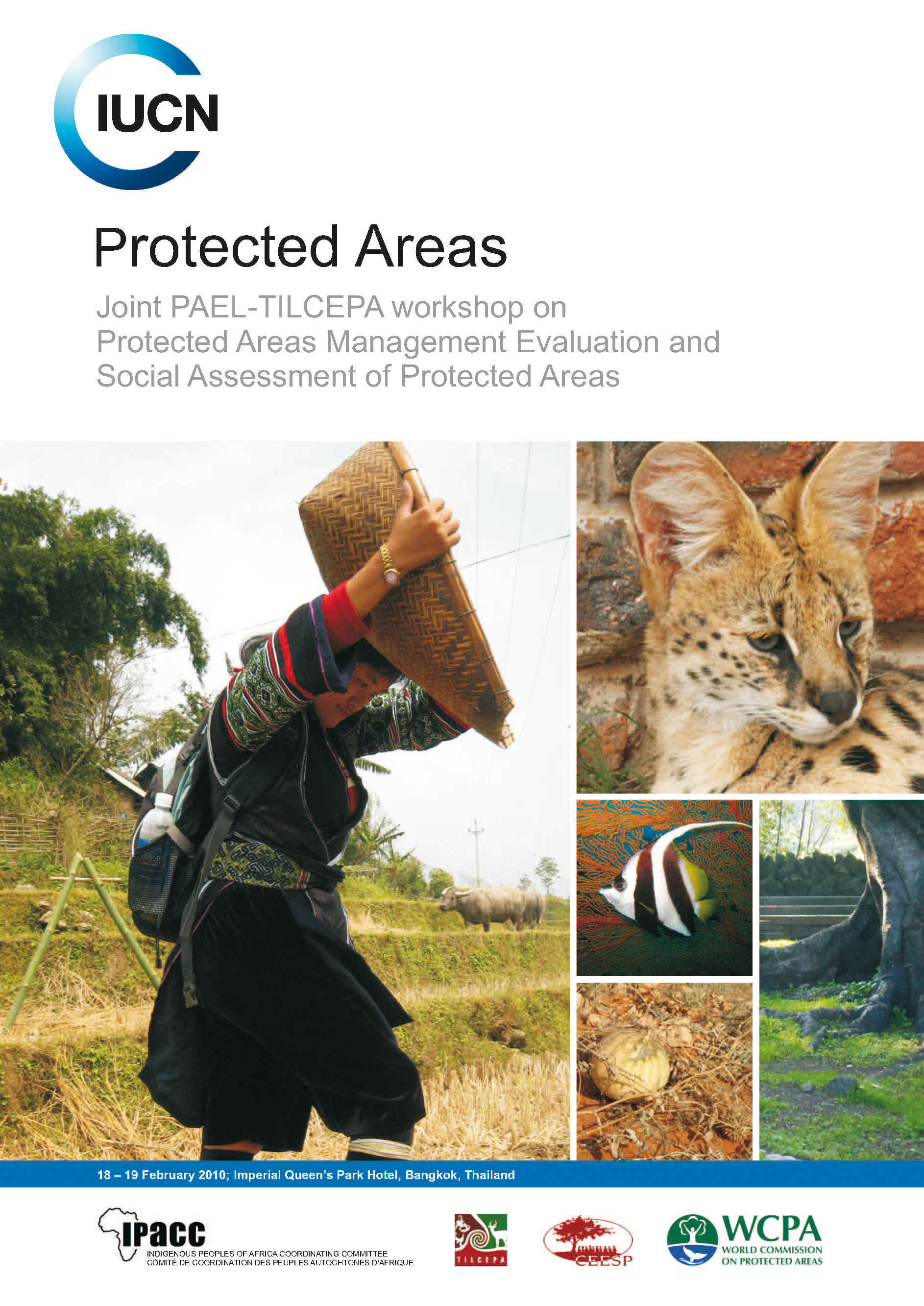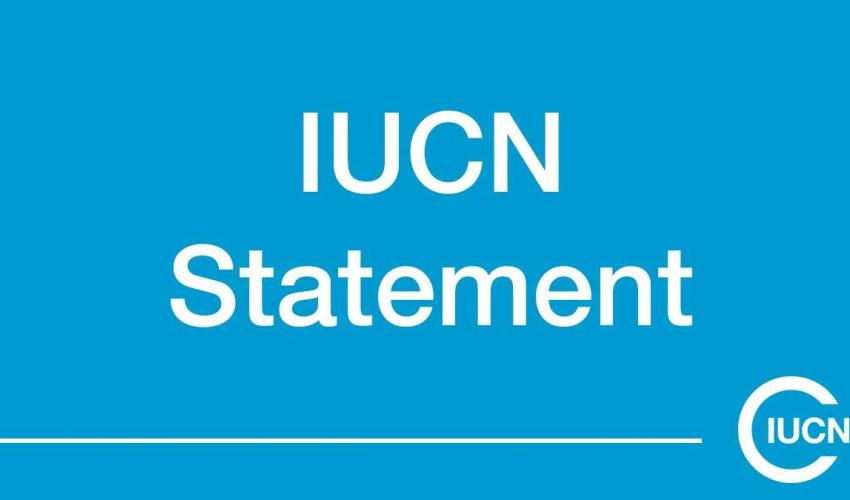Story | 14 Apr, 2010
Protected Areas
Joint PAEL-TILCEPA workshop on Protected Areas Management Evaluation and Social Assessment of Protected Areas

Photo: TILCEPA
Summary of Report
- There is substantial under-reporting by State parties on Element 2 of the UN Convention on Biological Diversity (CBD) Programme of Work on Protected Areas (PoWPA), which deals with Governance, Participation, Equity and Benefit Sharing;
- More effort needs to be given to raise awareness about the interdependence of successful Protected Areas and the participation of (and equitable benefit sharing with) a range of stakeholders, particularly local communities and indigenous peoples;
- Globally, there is improvement in Protected Areas Management Evaluation (PAME) reporting. Though PAME capacity is improving overall, there is still a notable weakness in reporting on social indicators related to Protected Areas;
- Research indicates that there is a statistical correlation between good overall Protected Areas Management Evaluation (PAME), effective public participation and social policy processes. Three of the top seven most significant correlated indicators for successful Protected Areas are related to community participation and benefits;
- There is statistical evidence of a positive correlation between land tenure resolution, access / benefit sharing processes and successful conservation of biodiversity;
- There is an opportunity to sensitise national Protected Areas agencies, CBD State Parties and civil society as to the importance of Social Assessment as an instrument for improving biodiversity conservation;
- A policy window is available for the promotion of Social Assessment within Protected Areas Management Evaluation. These opportunities include the 2010 in-depth review of the CBD’s Programme of Work on Protected Areas (PoWPA), the revision of CBD biodiversity targets and the new CBD strategic plan to be adopted at COP10 by Parties to the Convention;
- Other policy opportunities include the Millennium Development Goals (MDG) reporting and review process and preparations for two major global conferences, the VIth World Parks Congress and Earth Summit 2010 (Rio+20);
- he Protected Areas, Equity and Livelihoods (PAEL) taskforce together with CARE International, IIED and UNEP-WCMC is developing a framework, standards and instruments for Social Assessment of Protected Areas (SAPA);
- SAPA is not yet fully developed. It needs to be promoted, test run and ramped up to be more widely known and available to those already or about to implement PAME, as one important use of such Social Assessment methodologies;
- There is an opportunity to promote synergies between PAME and SAPA by a. Improving the quality, focus and availability of rapid assessment instruments for social assessment which can be embedded in existing PAME practices; b. Where there are efforts to build PAME capacity, there is an opportunity to include SAPA capacity building; c. There are lessons from the evolution of global PAME reporting which can inform SAPA implementation.
- CEESP-WCPA are important catalytic actors in building advocacy and technical alliances for the improvement of social assessment within PAME reporting and for the use of social assessments within conservation initiatives more generally;
- Social assessment considerations, frameworks and indicators need to be incorporated in other processes and mechanisms including the implementation of the CBD Strategic Plan, implementation of REDD+, and similar instruments which have an impact on biodiversity conservation;
- SAPA’s significance increases with the challenge of climate change. Adaptation and mitigation actions both increase the need for participatory approaches and monitoring equity, rights and benefits, as well as the ever greater challenge of delivering successful ecosystems-based biodiversity conservation.
Downloads:



